Drawbacks & Limitations of Galvanizing
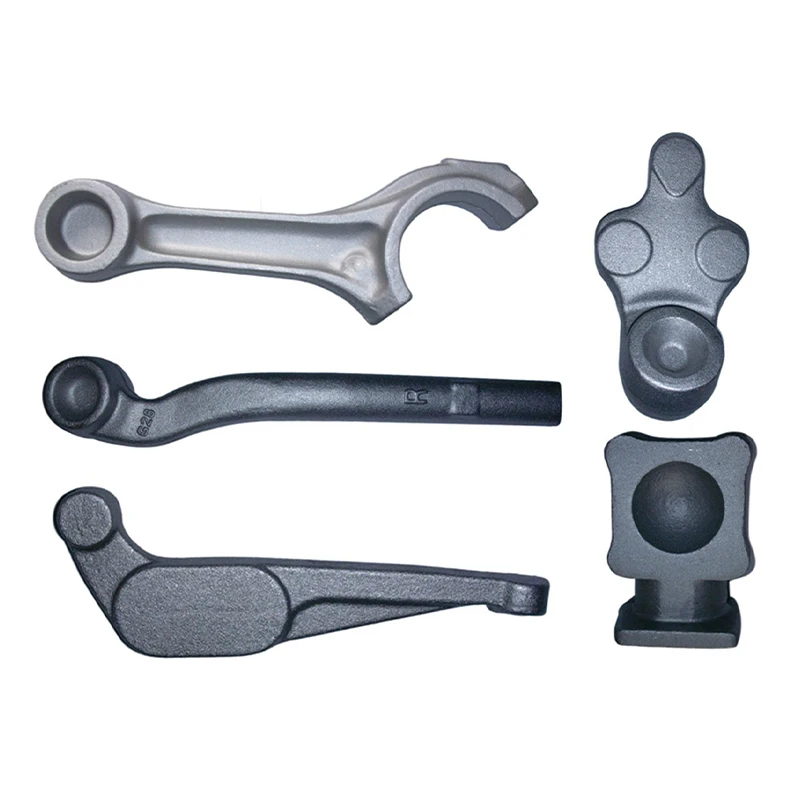
Initial Cost & Equipment Requirements Setting up a galvanizing facility does not come cheap. Equipment such as hot-dip tanks and heat systems comes with a higher upfront cost. Environmental & Health Concerns Some galvanizing processes emit toxic gases, which are not only harmful to the environment, but to workers as well. Some processes also […]
International Standards Governing Metal Surface Roughness

Here’s an overview of the key international standards governing metal surface roughness, with a focus on ISO and ASME standards: Core International Standards ISO 21920 Series (Geometrical Product Specifications – Surface texture: Profile method): ISO 21920-1:2021: Defines terms, parameters, and general rules for specifying surface texture using the profile method. Replaces parts of the older ISO 1302. […]
Powder Coating Process
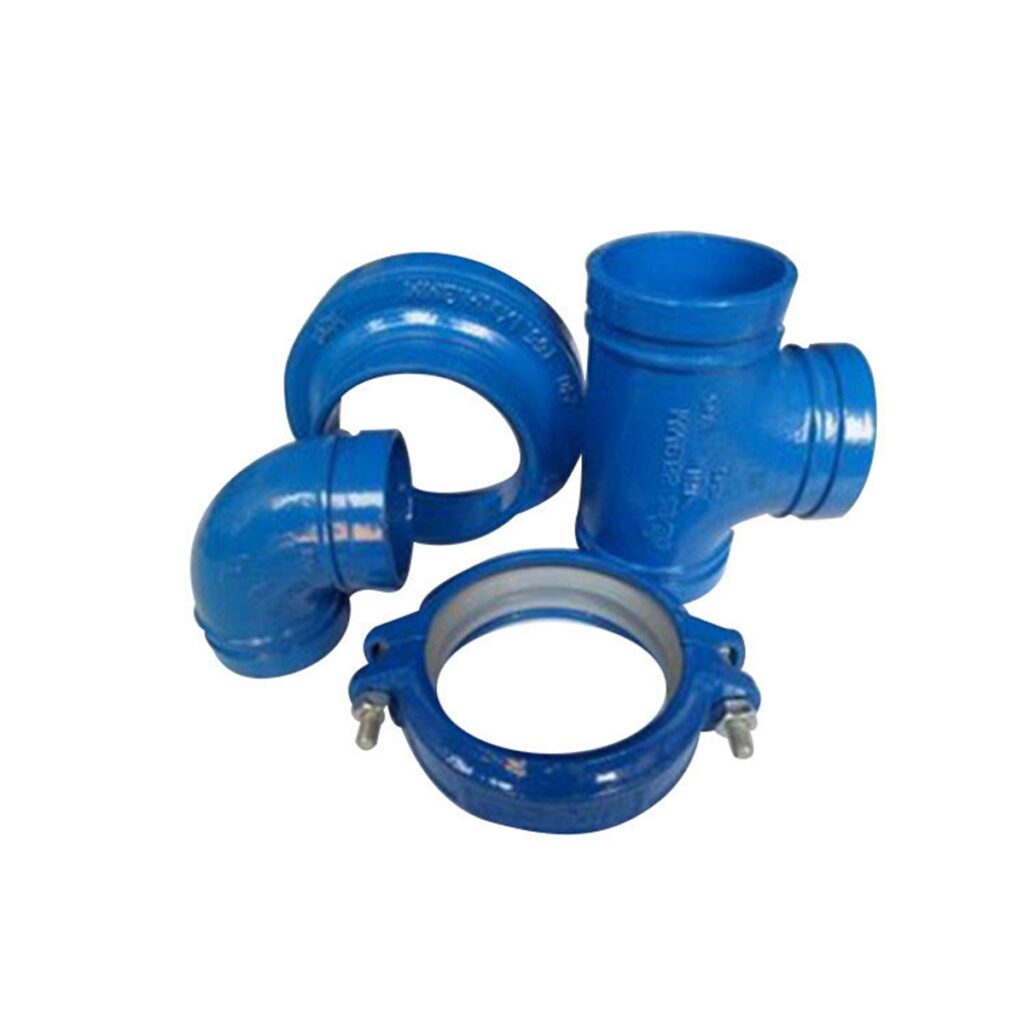
Here’s a detailed breakdown of the Powder Coating Process, covering the key stages: 1. Pre-Treatment (Cleaning & Surface Preparation) Degreasing: Removes oils, grease, and contaminants using alkaline cleaners or solvents. Rinsing: Thorough water rinse to remove cleaning residues. Derusting/Descaling: Eliminates rust/scale via abrasive blasting (sand/grit) or acid etching (e.g., phosphoric acid). Conversion Coating: Applies a chemical layer (e.g., iron phosphate for steel, chromium/chrome-free for […]
Advantages of Galvanizing
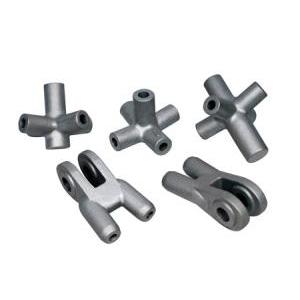
Corrosion Protection & Sacrificial Security Zinc creates a strong outer barrier that blocks air and water from reaching the steel or iron. Even if the surface gets scratched, the zinc corrodes first. This sacrificial action helps the steel stay strong underneath, even when the coating is damaged. Long Lifespan Galvanized coatings can last for […]
Metal Rust Prevention Methods
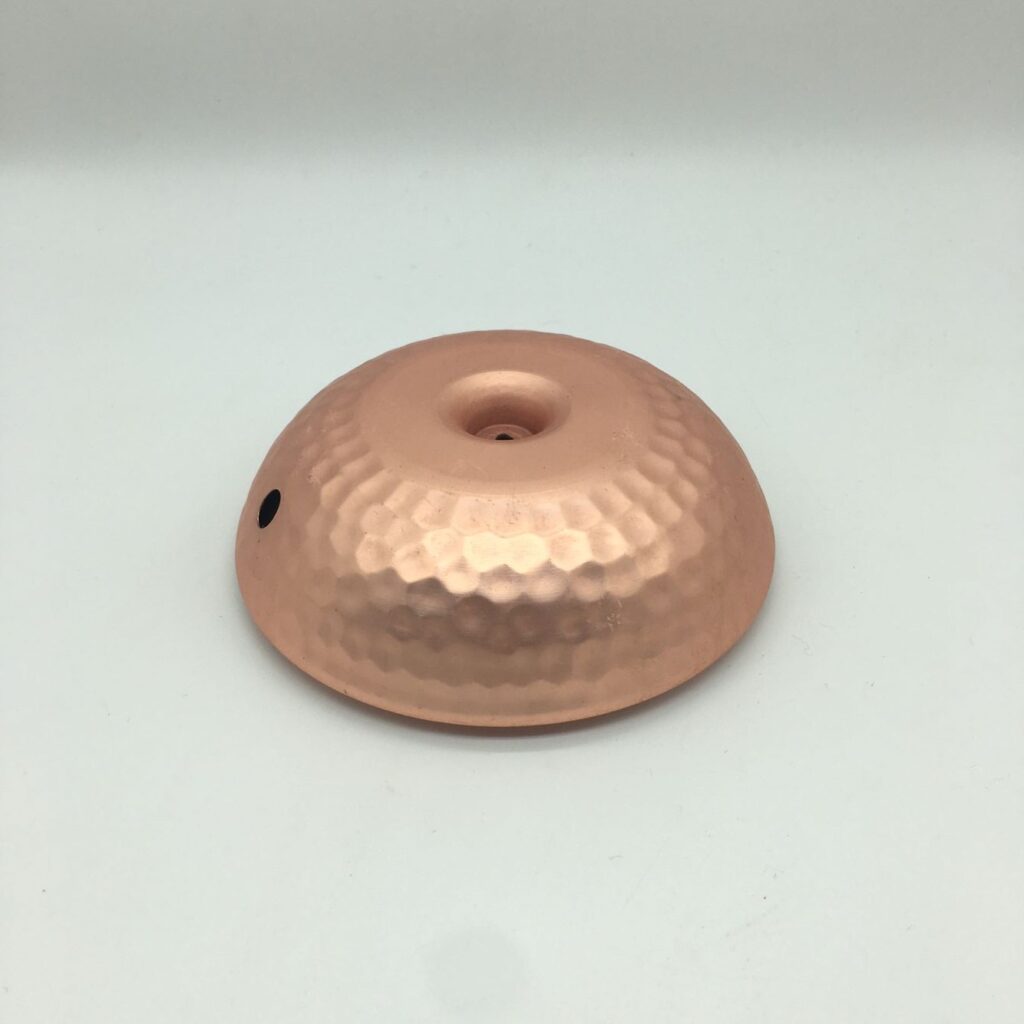
Here’s a comprehensive overview of metal rust prevention methods, focusing on ferrous metals (iron and steel): Core Strategies for Rust Prevention: Barrier Protection: Paints & Coatings: Create a physical barrier against moisture and oxygen (essential for rust). Includes primers, enamels, epoxies, polyurethanes. Proper surface prep (cleaning, degreasing, sometimes abrasive blasting) is CRITICAL for adhesion. Powder Coating: Electrostatic […]
Sherardizing (Thermal Diffusion)
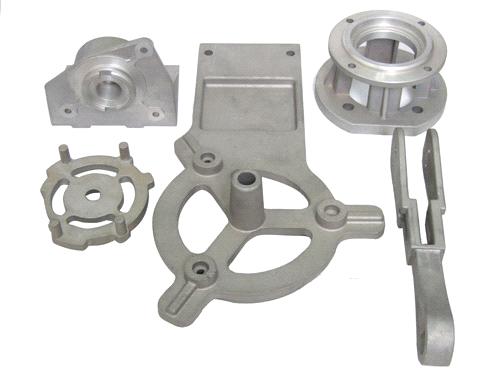
Here, the material is put into a drum with zinc dust. Then, the drum is sealed and heated to very high temperatures. As the temperature rises, the zinc evaporates and diffuses into the steel or iron surface, creating a bonded layer. This method is best for small, complex parts like fasteners and tubes.
Common Tools for Measuring Angles on Metal Parts

Here are common tools for measuring angles on metal parts, categorized by type and precision: Protractors: Basic Protractor: Simple semicircular tool with a degree scale (typically 180°). Used for rough measurements. Universal Bevel Protractor / Vernier Protractor: Combines a protractor head with a vernier scale and an adjustable blade (stock). Allows measurements typically to an accuracy of […]
Electro galvanizing

In this method, the iron or steel is placed in a zinc solution, and an electric current is passed through it. This gives a precise and uniform coating, which is usually thinner than the hot-dip method. It is used a lot in automotive manufacturing, especially for car body panels (like doors) where a smooth, thin […]
The materials Used for Sand Casting Molds
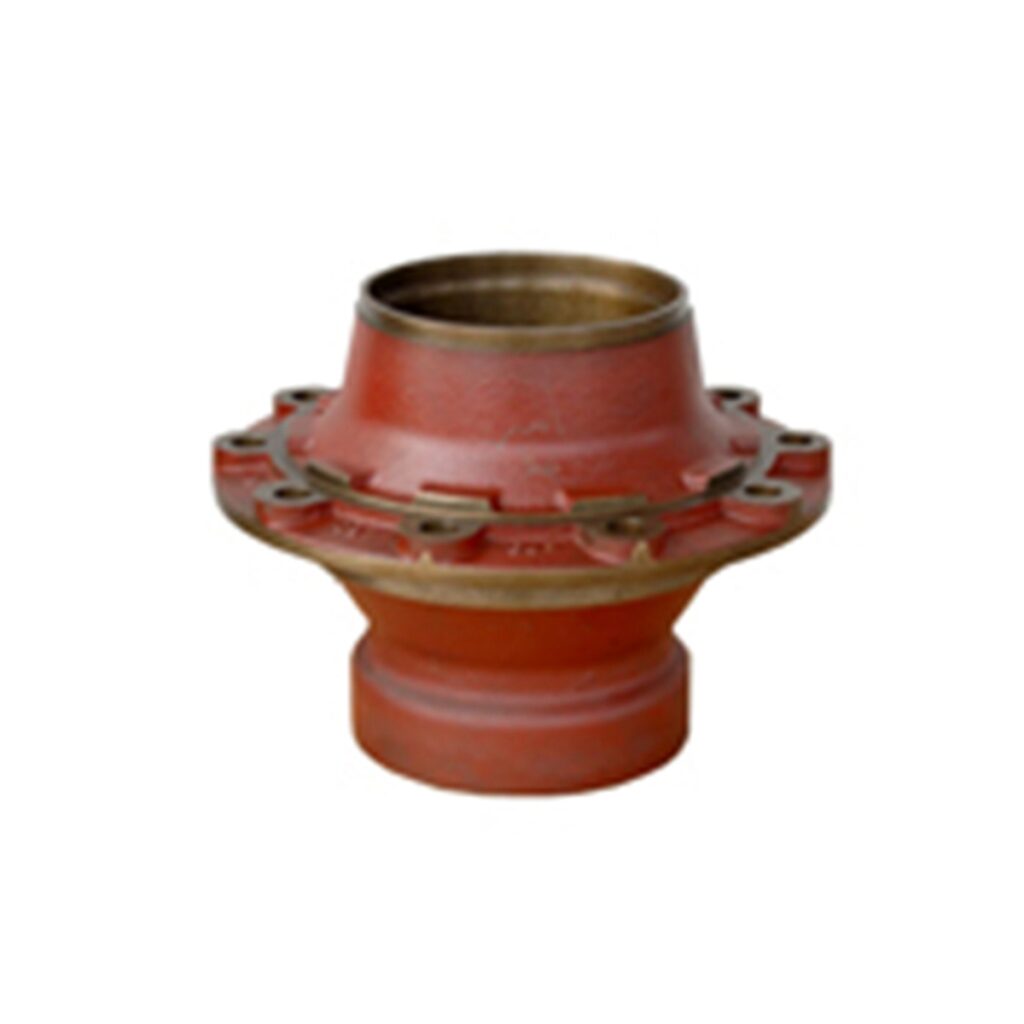
Here are the materials commonly used for sand casting molds, explained: Base Sand (The Bulk Material): Silica Sand (SiO₂): The most widely used and economical base material. It has good refractoriness (resistance to high temperatures), availability, and low cost. Grain size and shape significantly impact mold permeability and surface finish. Chromite Sand (FeCr₂O₄): Used for its high […]
Hot‑Dip Galvanizing (HDG)
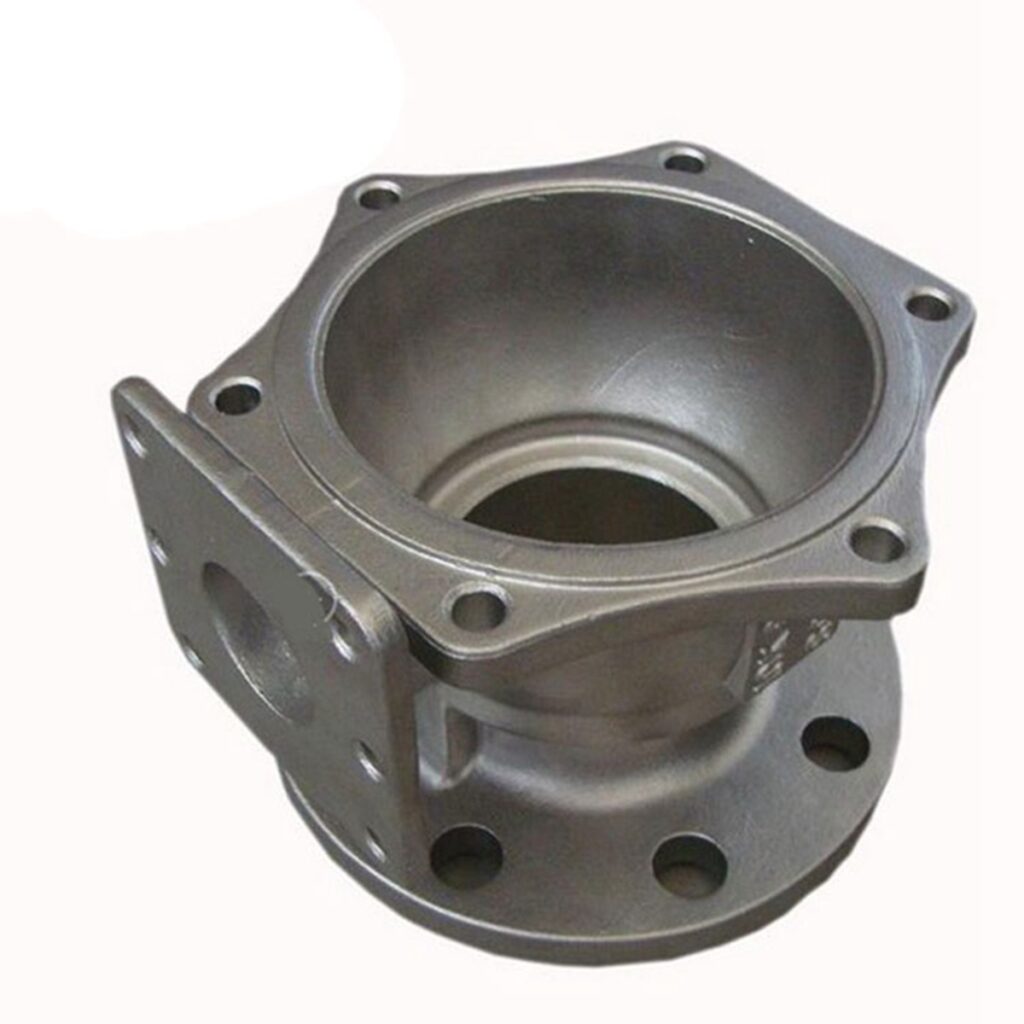
This method dips the iron or steel into molten zinc, which bonds with the surface and forms a protective layer. It involves the following steps: Cleaning: This is to remove all forms of oil and dirt with a caustic solution. Pickling: This next step involves putting the metal into acid to remove rust. […]

